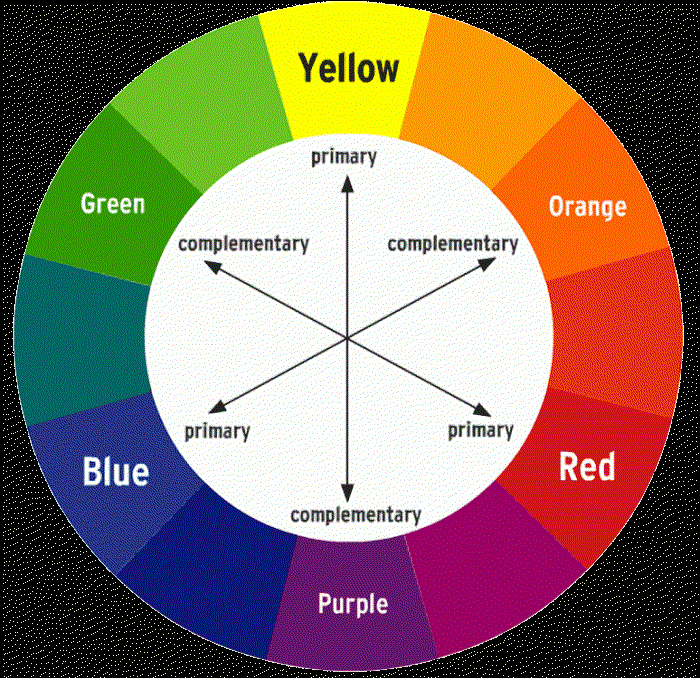Hybrid log–gamma
The hybrid log–gamma (HLG) transfer function is a transfer function jointly developed by the BBC and NHK for high dynamic range (HDR) display. It’s backward compatible with the transfer function of SDR (the gamma curve). It was approved as ARIB STD-B67 by the Association of Radio Industries and Businesses (ARIB). It is also defined in ATSC 3.0, Digital Video Broadcasting (DVB) UHD-1 Phase 2, and International Telecommunication Union (ITU) Rec. 2100.
HLG is an HDR format that uses the HLG transfer function, BT.2020 color primaries and a bitdepth of 10-bit. HLG was designed to be backward compatible with SDR UHDTV. However, HLG is not intended to be fully backward compatible with traditional SDR displays that cannot interpret BT.2020 colorimetry.

Both HLG transfer function and the HLG format are royalty-free. The backward compatibility allows them to be used with existing transmission standards when the receiver is compatible with the BT.2020 colour container, reducing complexity and cost for both equipment manufacturers and content distributors
HLG defines a non-linear optical-electro transfer function, in which the lower half of the signal values use a gamma curve and the upper half of the signal values use a logarithmic curve. In practice, the signal is interpreted as normal by standard-dynamic-range displays (albeit capable of displaying more detail in highlights), but HLG-compatible displays can correctly interpret the logarithmic portion of the signal curve to provide a wider dynamic range. In contrast with the other HDR formats it does not use metadata.
The HLG transfer function is backward compatible with SDR’s gamma curve. However, HLG is commonly used with Rec. 2020 color primaries which produce a de-saturated image with visible hue shifts on non-compatible devices.HLG is therefore backward compatible with SDR-UHDTV and will show color distortion on common SDR devices that only support Rec. 709 color primaries.
HLG defines a nonlinear transfer function in which the lower half of the signal values use a gamma curve and the upper half of the signal values use a logarithmic curve.

where
- E is the linear light signal normalized by the reference white level in the range [0,12] in ARIB STD-B67 and in the range [0,1] in Rec. 2100.
- E’ is the resulting nonlinear signal
- r is the reference white level and has a signal value of 0.5
- and the constants a, b, and c are defined as a = 0.17883277, b = 1 - 4a = 0.28466892, and c = 0.5 - a ln(4a) = 0.55991073
The signal value is 0.5 for the reference white level while the signal value for 1 has a relative luminance that is 12 times higher than the reference white level. ARIB STD-B67 has a nominal range of 0 to 12. HLG uses a logarithmic curve for the upper half of the signal values due to Weber’s law.

HLG does not need to use metadata since it is compatible with both SDR displays and HDR displays. HLG can be used with displays of different brightness in a wide range of viewing environments.
The dynamic range that can be perceived by the human eye in a single image is around 14 stops.[27] An SDR video display with a 2.4 gamma curve and a bit depth of 8-bits per sample can display a range of about 6 stops without visible banding.[27] Professional SDR video displays with a bit depth of 10-bits per sample extend that range to about 10 stops.[27] When HLG is displayed on a 2,000 cd/m2 display with a bit depth of 10-bits per sample it can display a range of 200,000:1 or 17.6 stops without visible banding.[27]
HLG increases the dynamic range of the video compared to a conventional gamma curve by using a logarithmic curve for the upper half of the signal values.[27] HLG also increases the dynamic range by not including the linear part of the conventional gamma curve used by Rec. 601 and Rec. 709.[29] The linear part of the conventional gamma curve was used to limit camera noise in low light video but is no longer needed with HDR cameras.[29]
HLG is supported in Rec. 2100 with a nominal peak luminance of 1,000 cd/m2 and a system gamma value that can be adjusted depending on background luminance.[5][30]
HLG is supported in HEVC with a formula that is mathematically equivalent to ARIB STD-B67 but has a nominal range of 0 to 1 instead of 0 to 12:[28]
